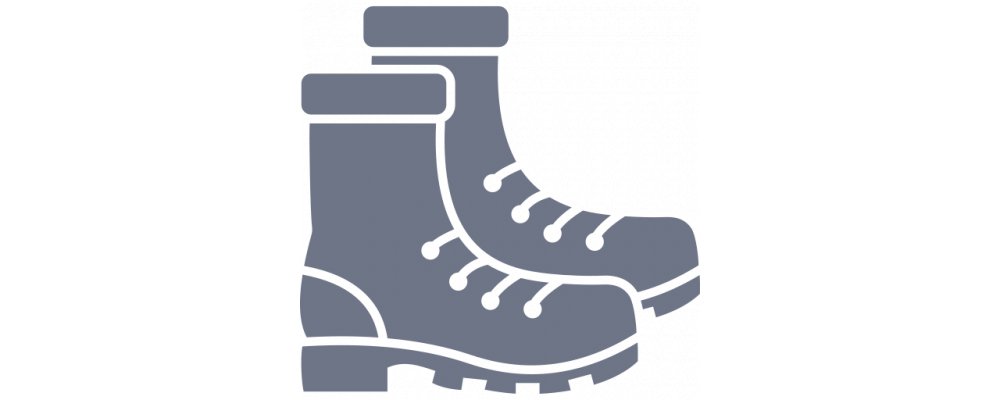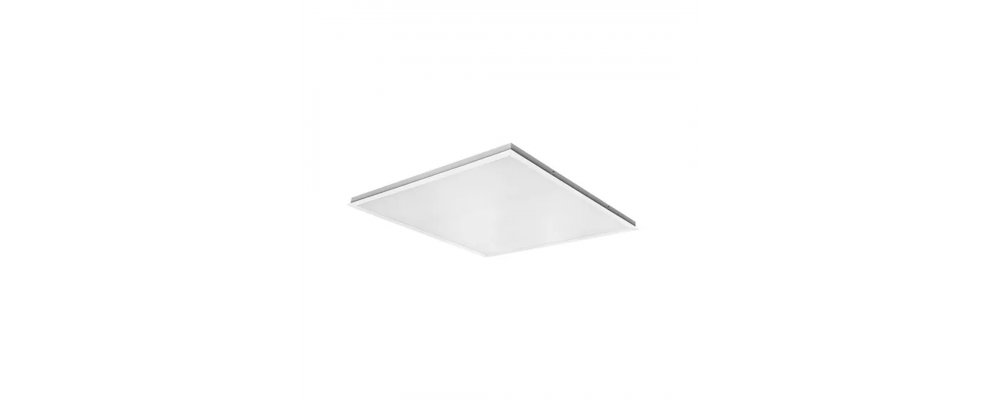Acrylic
Acrylic is a vinyl polymer, a transparent thermoplastic material that acts and looks like glass, ensuring its perfect transparency.
Characteristics
light transmittance – up to 93% transparent and up to 75% frosted glass;
density – 1.19 g/cm3;
water absorption level – 0.2%;
tensile density – 75 MPa;
heat resistance level – 110 ° C;
modulus of elasticity – 3 210 MPa;
operating temperature – from -40 to + 90 ° C;
ignition temperature – 460 – 635 ° C.
Advantages
- Strength. Acrylic is much harder to break compared to ordinary glass. In the industrial business , acrylic . Therefore, when you see transparent objects similar to glass in stores, they are most likely made of acrylic material
-Easy processing. Acrylic bends easily. Thanks to this, designers create incredible shapes in interiors and advertising production
-Light weight. Acrylic is 2.5 times lighter than ordinary glass, 17% lighter than compact PVC and 7% lighter than polyester glass, so the use of additional supports is not required during the construction of self—supporting structures. Light weight facilitates the transportation and installation of products. This allows you to create complex advertising structures much faster
-High transparency. Designers use transparent acrylic in combination with different colors to create a bright saturated image
Where is used:
Due to the diverse thickness and coloring, acrylic is used for the manufacture of a variety of advertising products – from souvenirs and price tags, to advertising signs and three-dimensional letters with internal illumination, including thin and ultra-thin light panels.
Sold in sheets .
No reviews found





















































